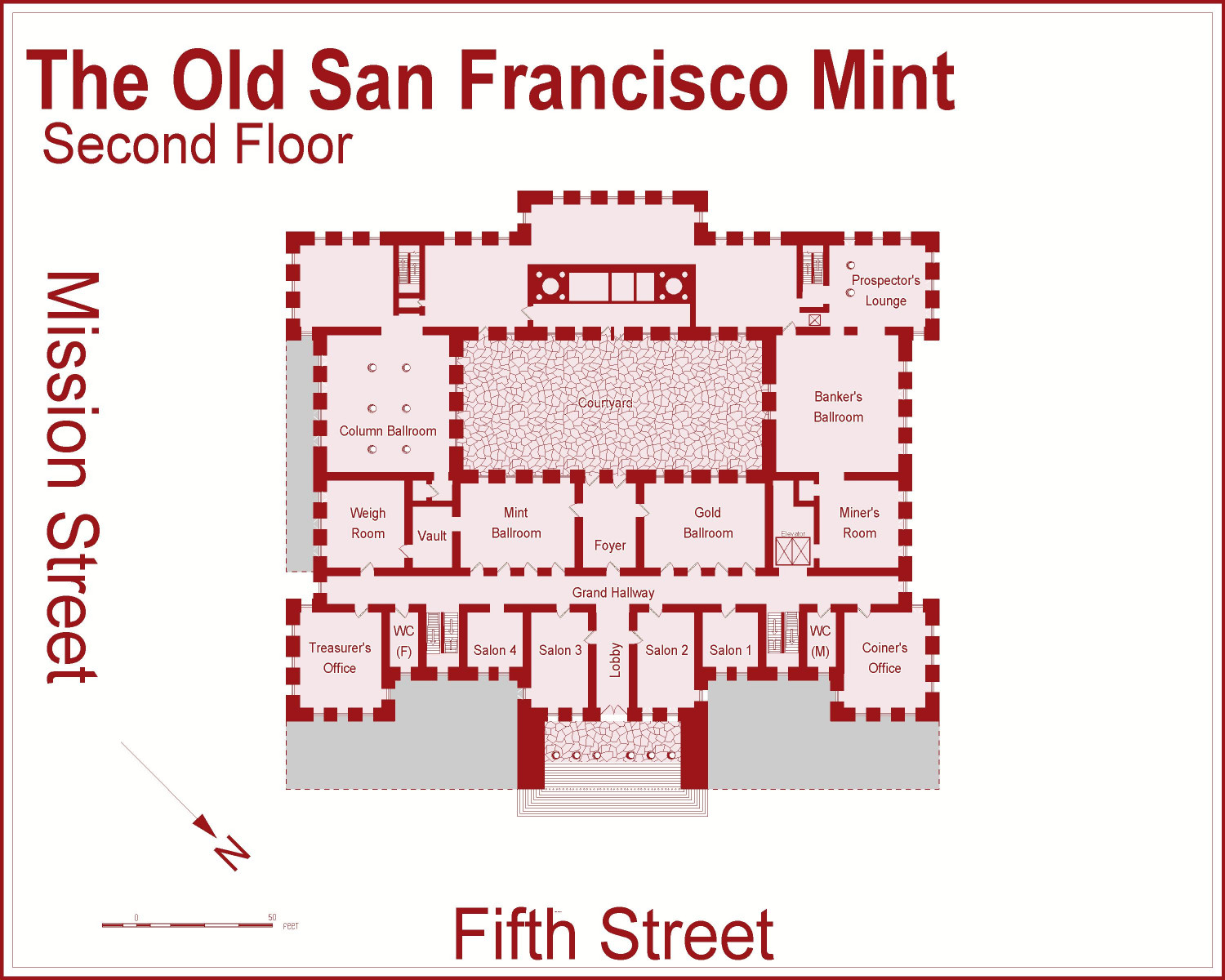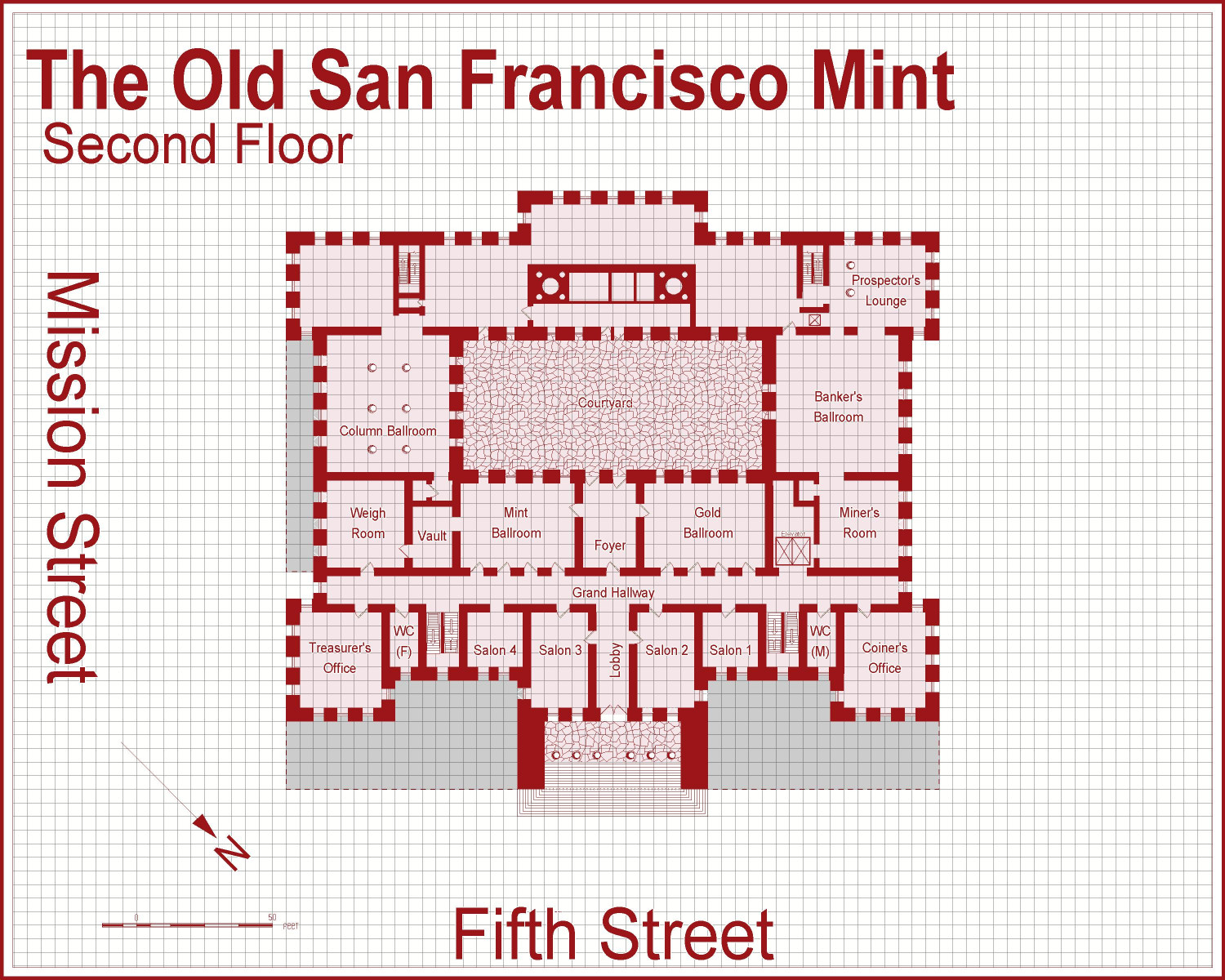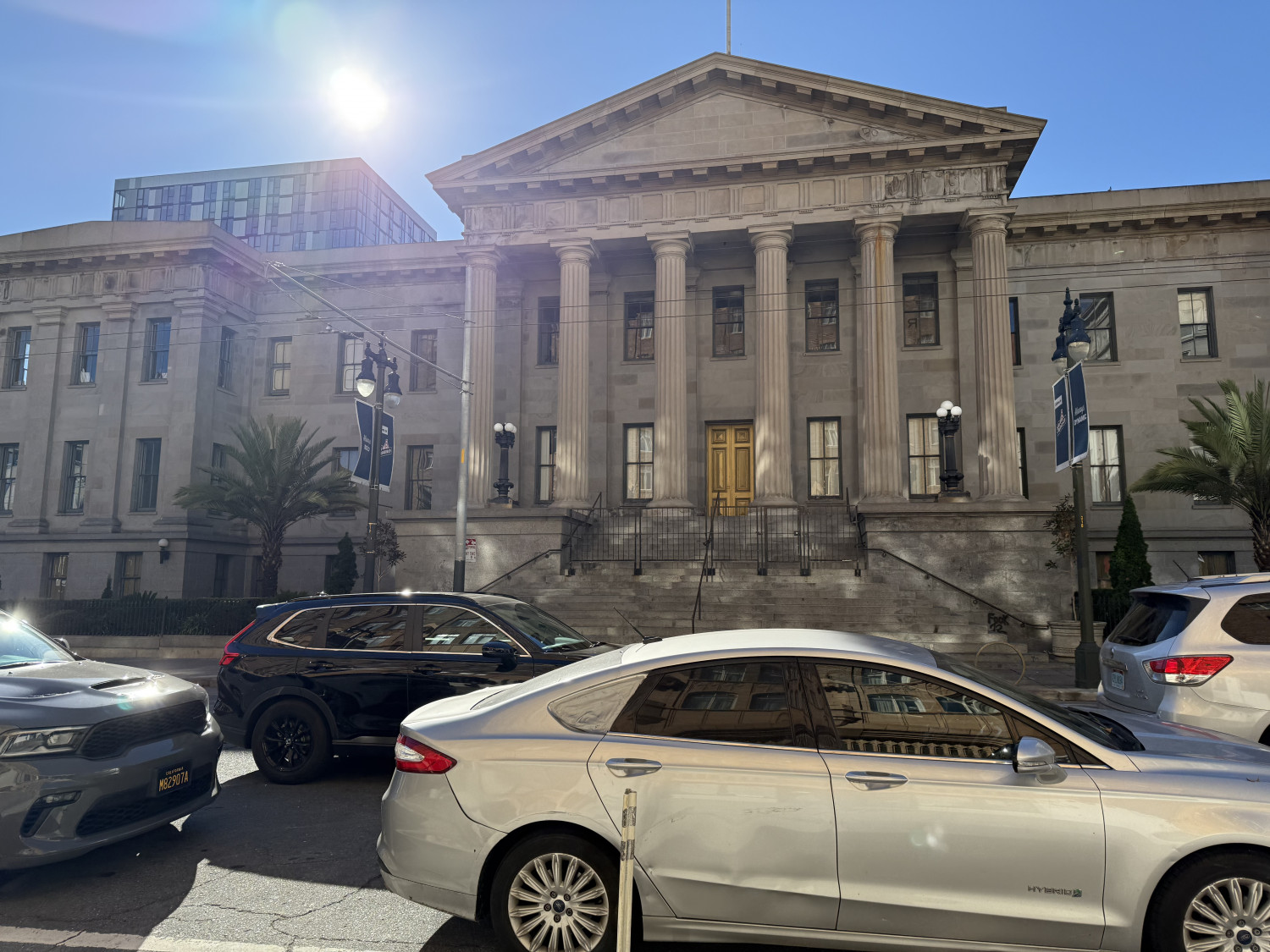Royal Scribe
Royal Scribe
About
- Username
- Royal Scribe
- Joined
- Visits
- 8,821
- Last Active
- Roles
- Member
- Points
- 3,199
- Birthday
- February 5, 1968
- Location
- San Francisco, California
- Real Name
- Kevin
- Rank
- Mapmaker
- Badges
- 16
Reactions
-
[WIP] The Old San Francisco Mint (Dracula Dossier)
Awww, that’s very kind of you, @Calibre. Thank you.
-
[WIP] The Old San Francisco Mint (Dracula Dossier)
Okay, I changed it on the Floors 3 and 4 maps, too. While they aren't suitable for the Atlas in their current forms (though I could always tweak them to be a museum or other building), I would still like to offer them up to any Game Masters who would like to use them in whatever campaigns they're in. (I will also post that message to the FB group to reach a different audience than the forums.) For anyone who would like to use them, here are the FCW files with my blessing.
-
[WIP] The Old San Francisco Mint (Dracula Dossier)
Went in to change the outside landscaping in the second floor file and noticed that I forgot some of the windows, especially on the main entrance side. @Don Anderson Jr., does this achieve what you recommending with the landscaping for the higher floors: keep the fence but eliminate the foliage? I kept the fence and added a Solid 20 fill (which I could change to Solid 10 if it looks too strong).
-
[WIP] The Old San Francisco Mint (Dracula Dossier)
I forgot to answer this question:
Did you add buttons to switch the views, or is it all separate maps?
They are all separate maps. I have done some where there are navigation links to open other levels, and others where it's all in one FCW with layers hidden. In this case, they are separate files but I didn't add navigation links because I liked the sleeker look without them.
-
[WIP] The Old San Francisco Mint (Dracula Dossier)
Yea, thats right, the stairs start at the sidewalk and ascend to the second floor entrance. Here’s a photo I took last weekend:
So you think the outside terrain should be shown on all levels? Should I mask it a little with something like the Solid White transparencies? That’s what I did from the upper views of the courtyard.








